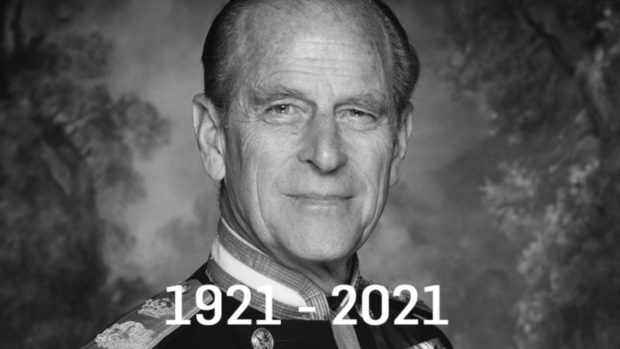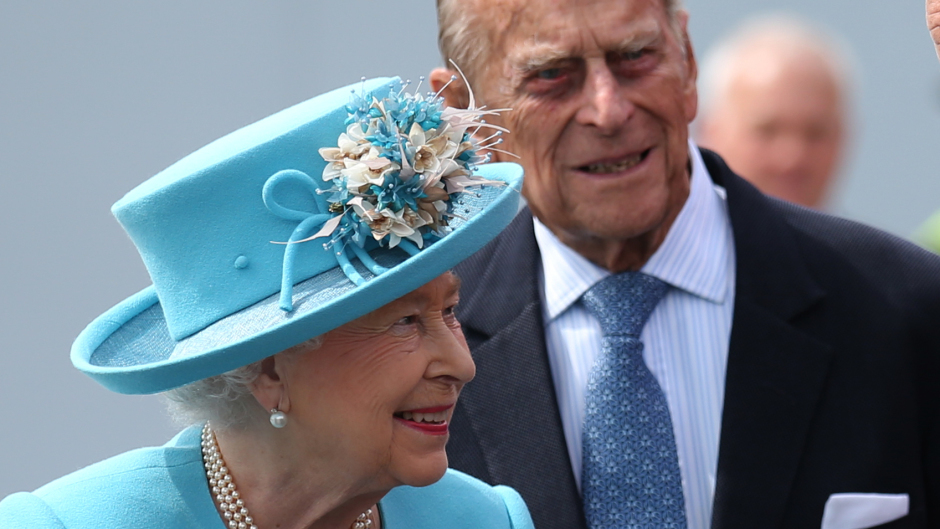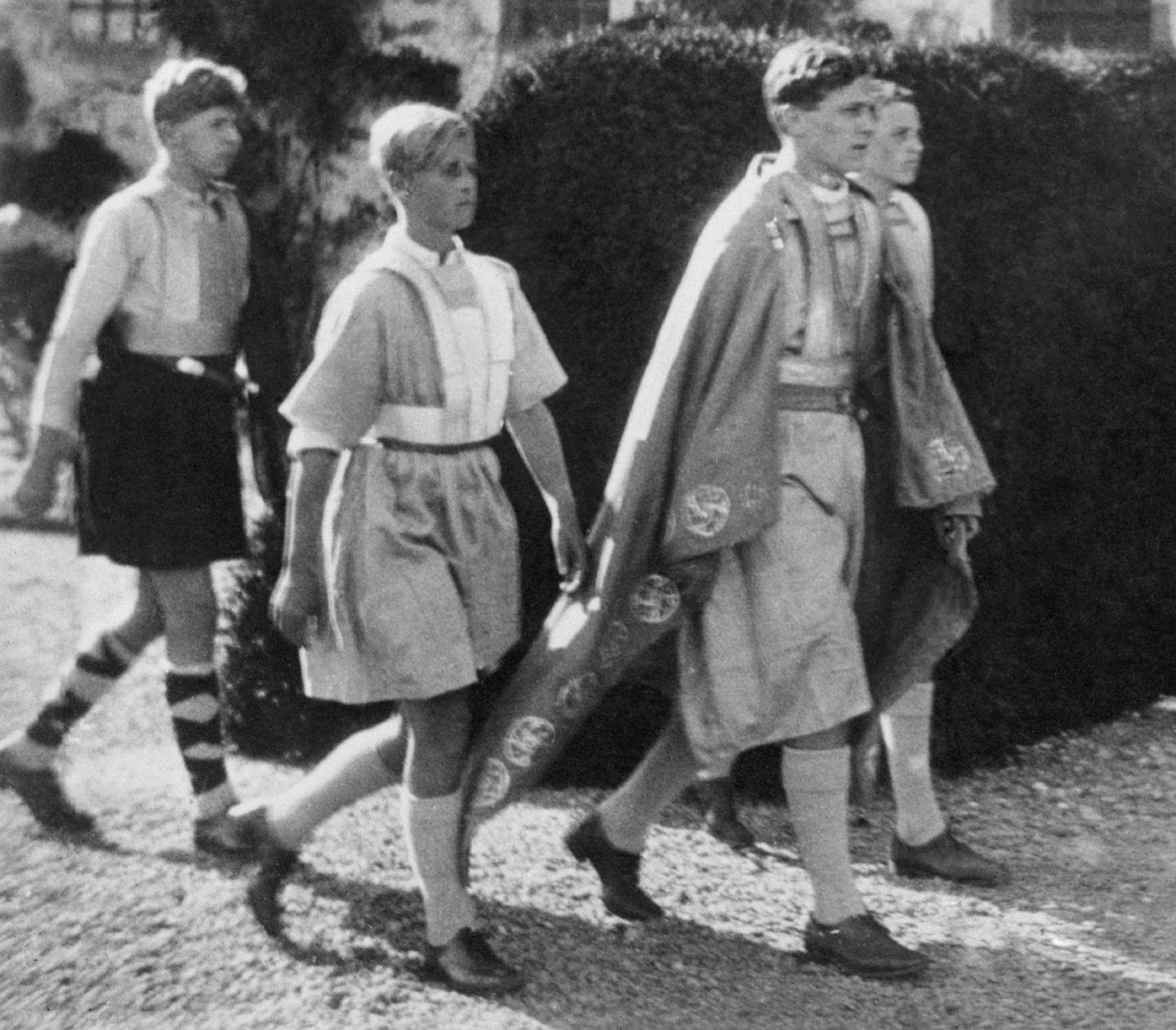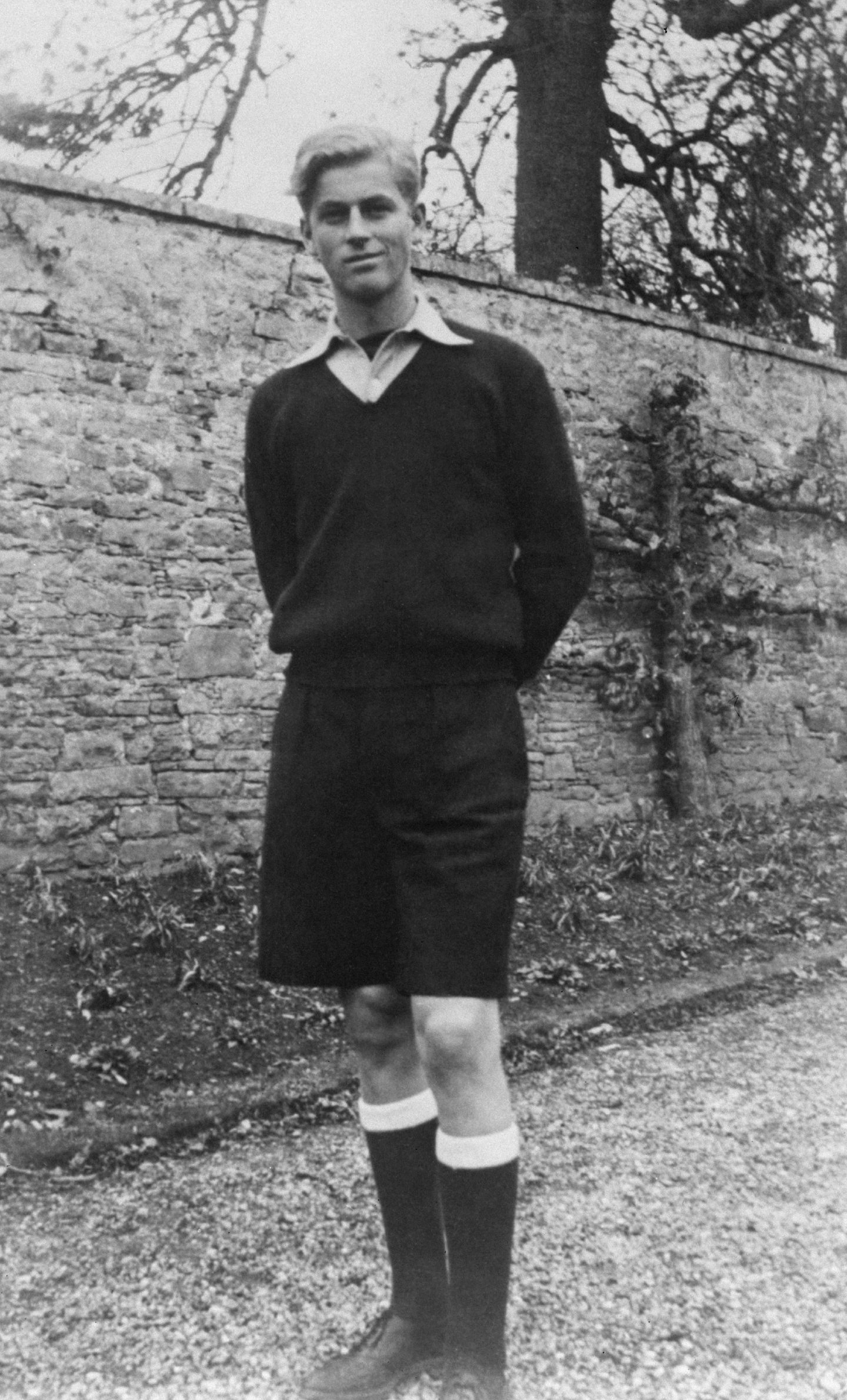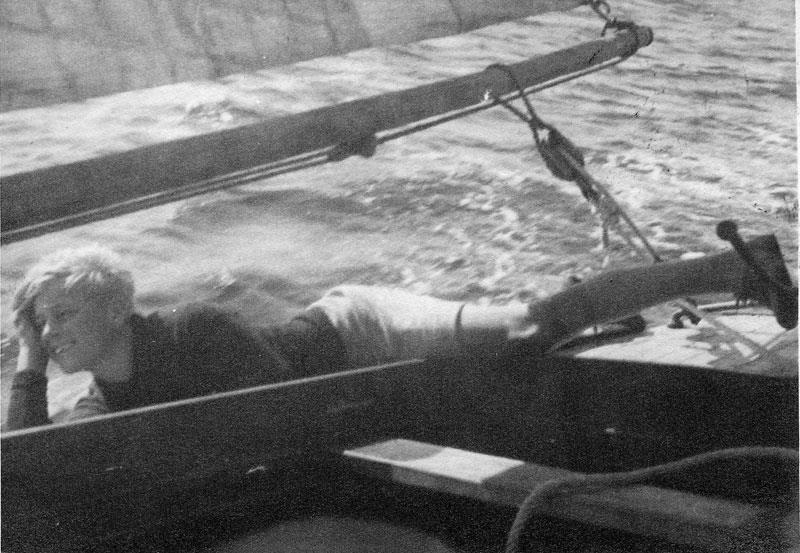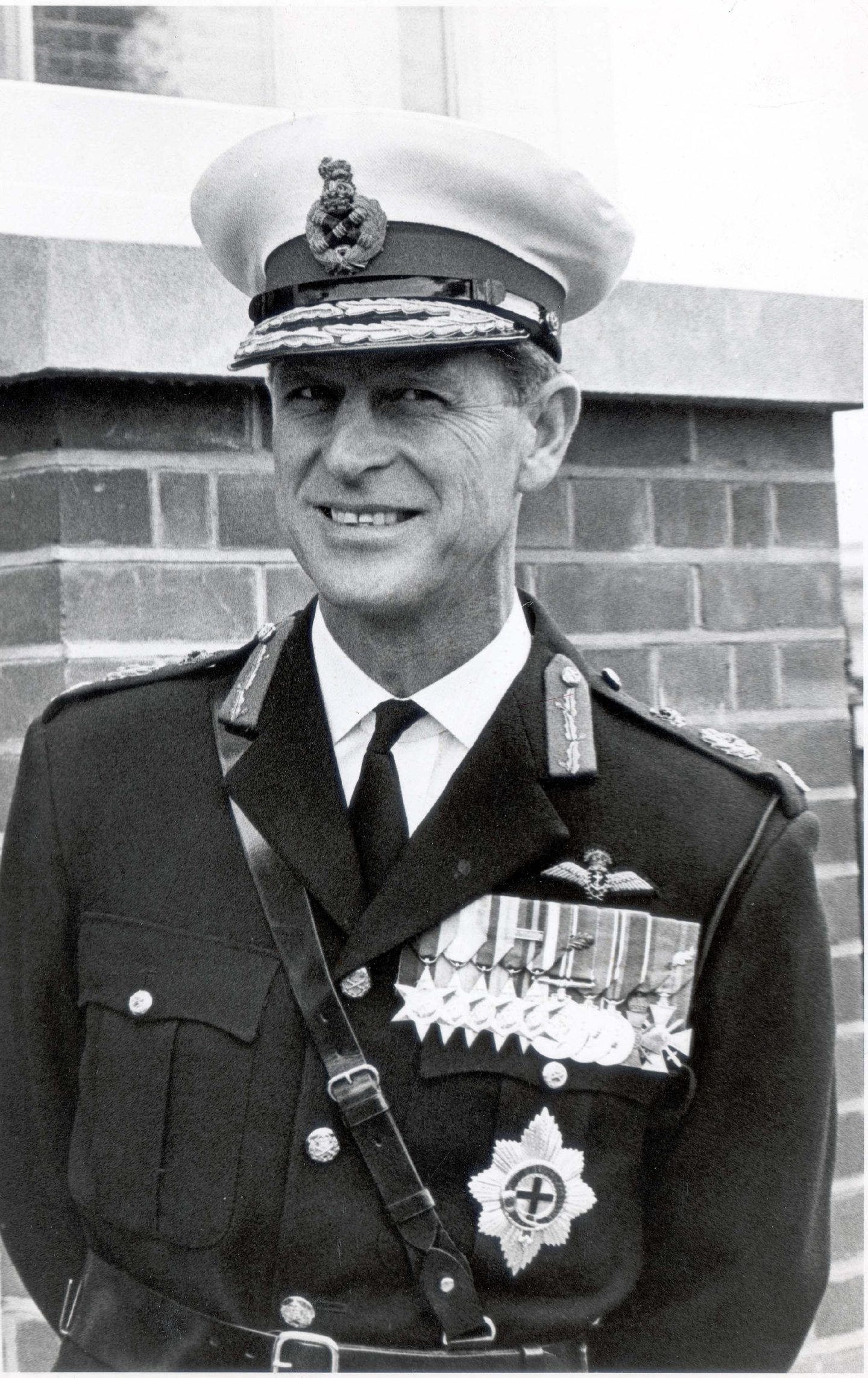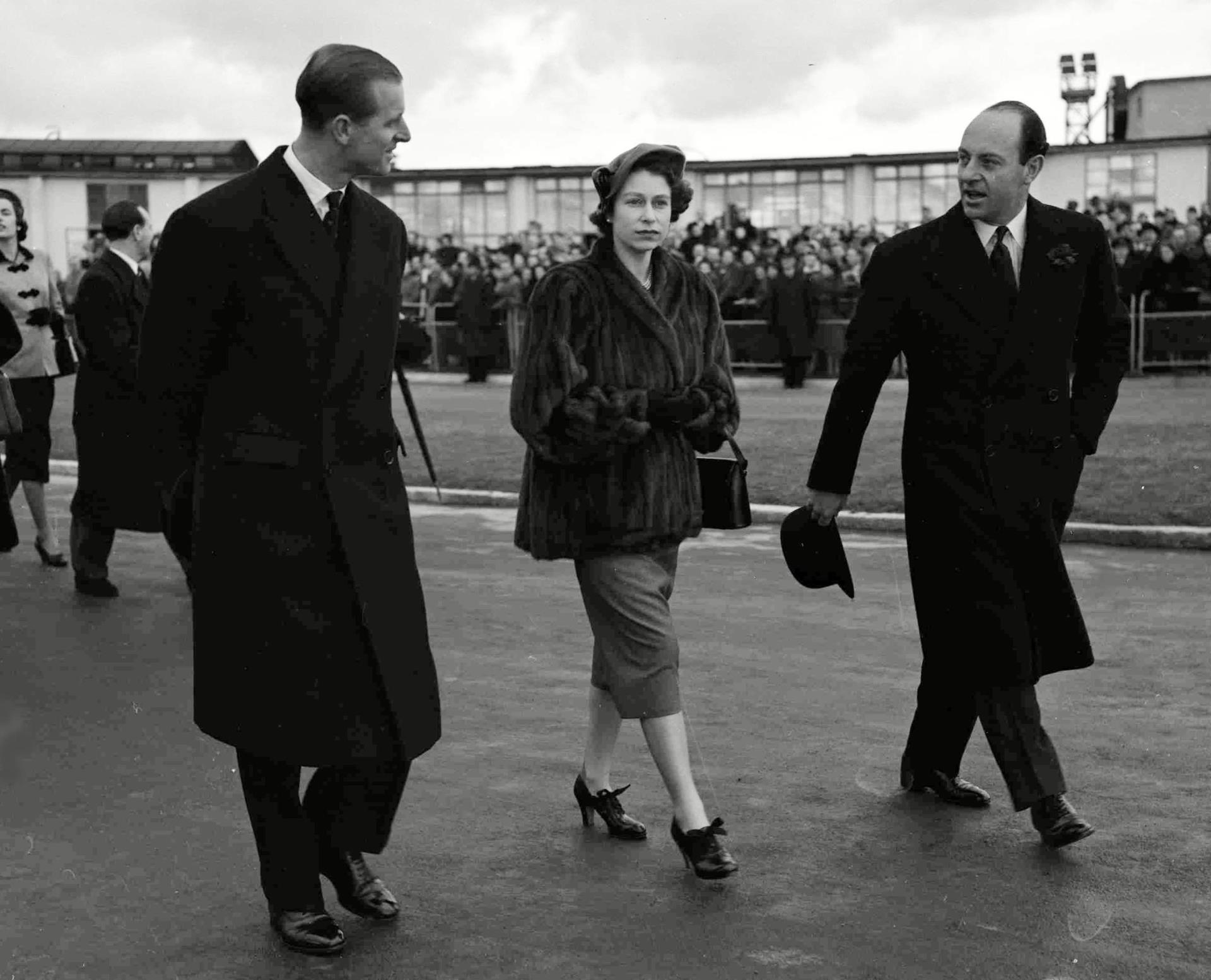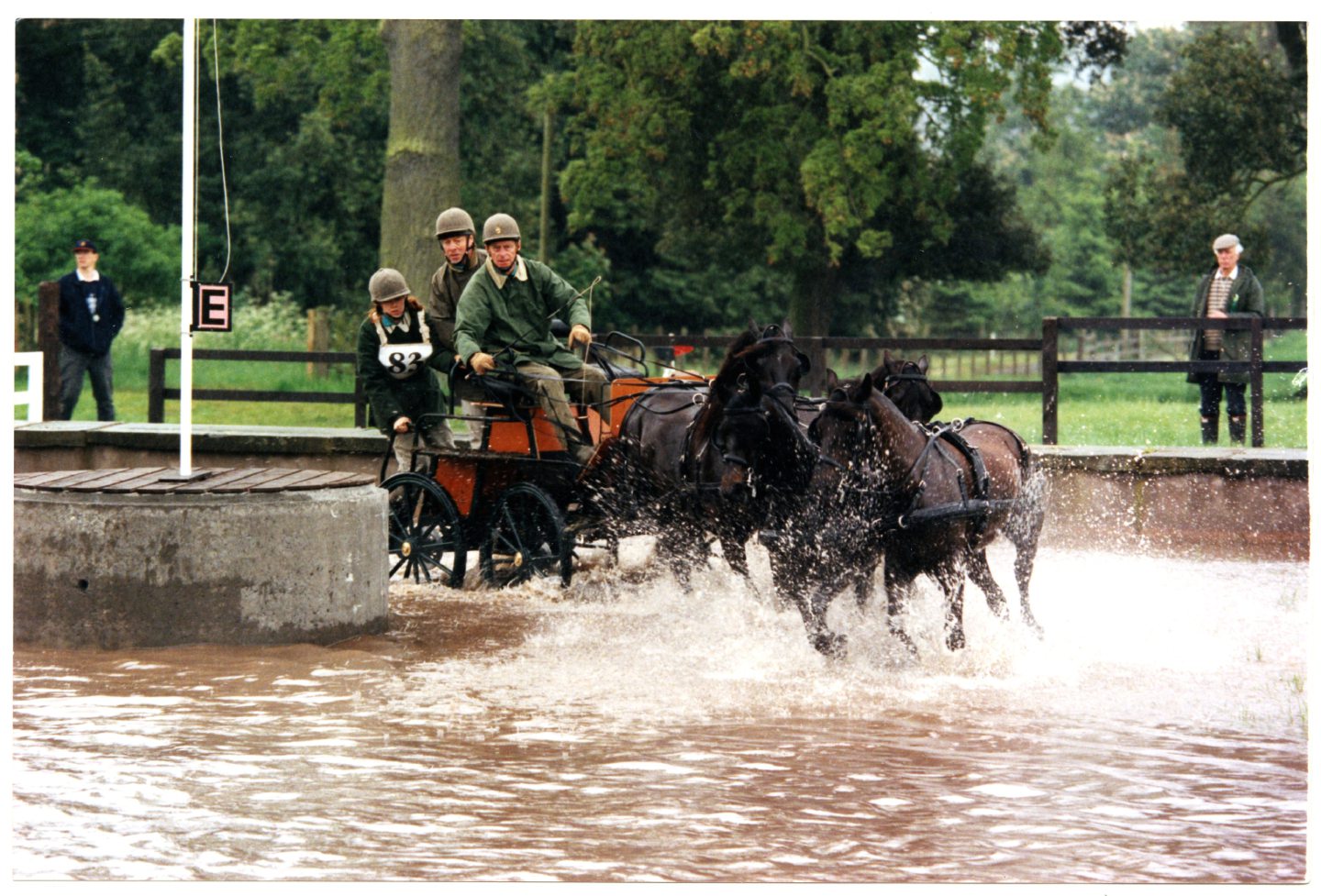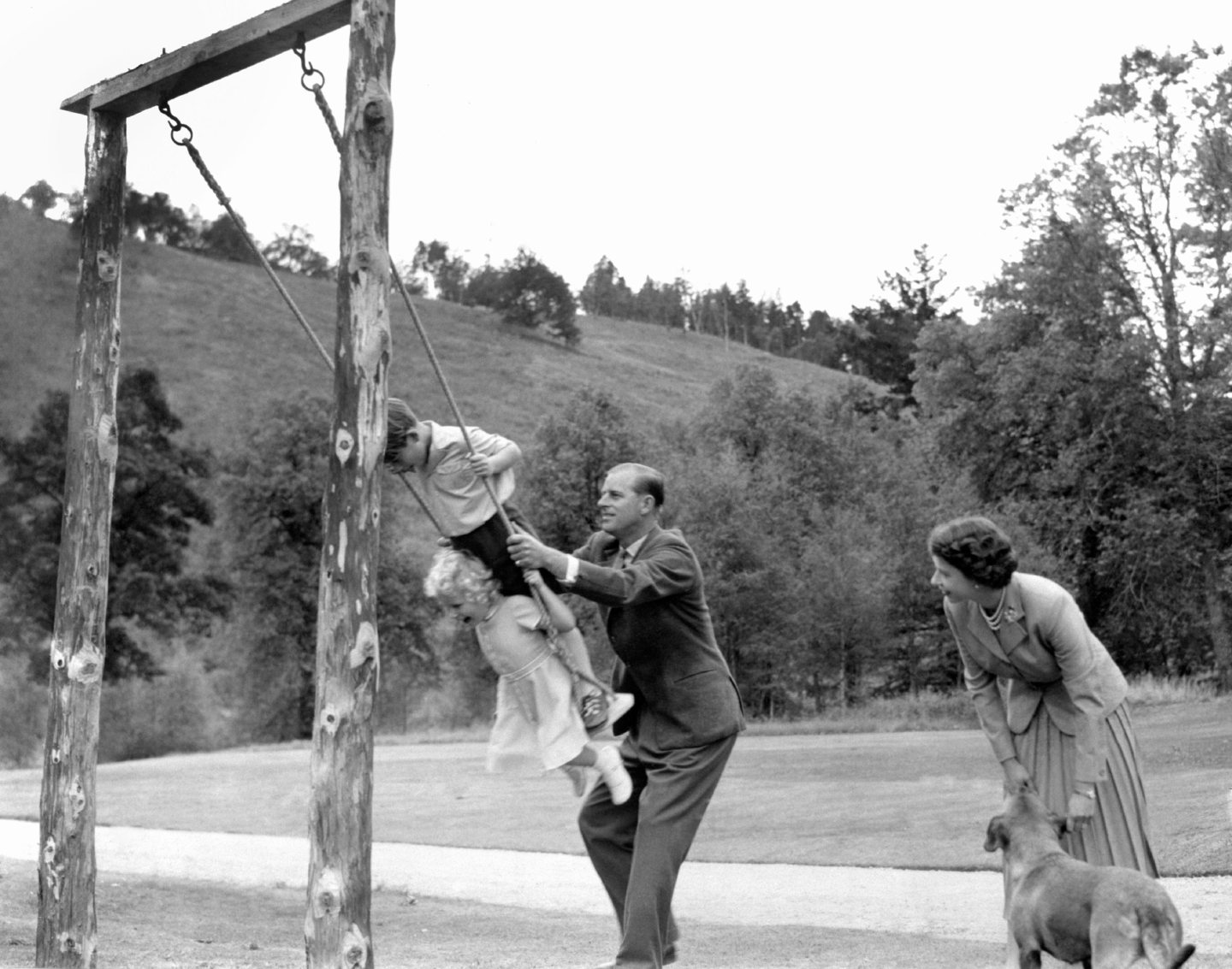The Duke of Edinburgh – quizzical, witty and controversial – was the Queen’s greatest source of support, her confidant and the man she relied on above all others for all of 73 years.
His lifelong role was to ensure he never let her down and their enduring marriage was one of the world’s best-known relationships.
Although he was not officially given the title of Prince Consort, Philip was always there, one step behind, ready to lend his wife a helping hand.
In public, the Duke never attempted to upstage the woman he loved. In private, it was Philip that the Queen would defer to.
At home, he assumed the position of head of the family as the royal patriarch.
The Duke became the longest-serving consort in British history and the oldest serving partner of a reigning monarch and although he was in poor health at the start of 2021 and spent several weeks in hospital, there was widespread sadness when Buckingham Palace confirmed his death, aged 99, on April 9.
It summed up the realisation that he and the Queen have been part of the fabric of British life since the end of the Second World War.
Like his great-great-grandfather, Prince Albert, Queen Victoria’s beloved husband, the Duke immersed himself in national life, yet managed to remain somewhat the sceptical spectator.
Some thought he was arrogant, rude and insensitive – others found him witty and fun.
He could be abrupt, outspoken and was not afraid of using colourful language, and was often parodied for his irritated outbursts and criticised for his legendary gaffes.
Philip once warned a group of Scottish students in China that they would become “slitty eyed”.
On another occasion, he pointed to a fusebox of loose wires in a Glasgow factory and remarked that it looked like it had been installed by an “Indian”.
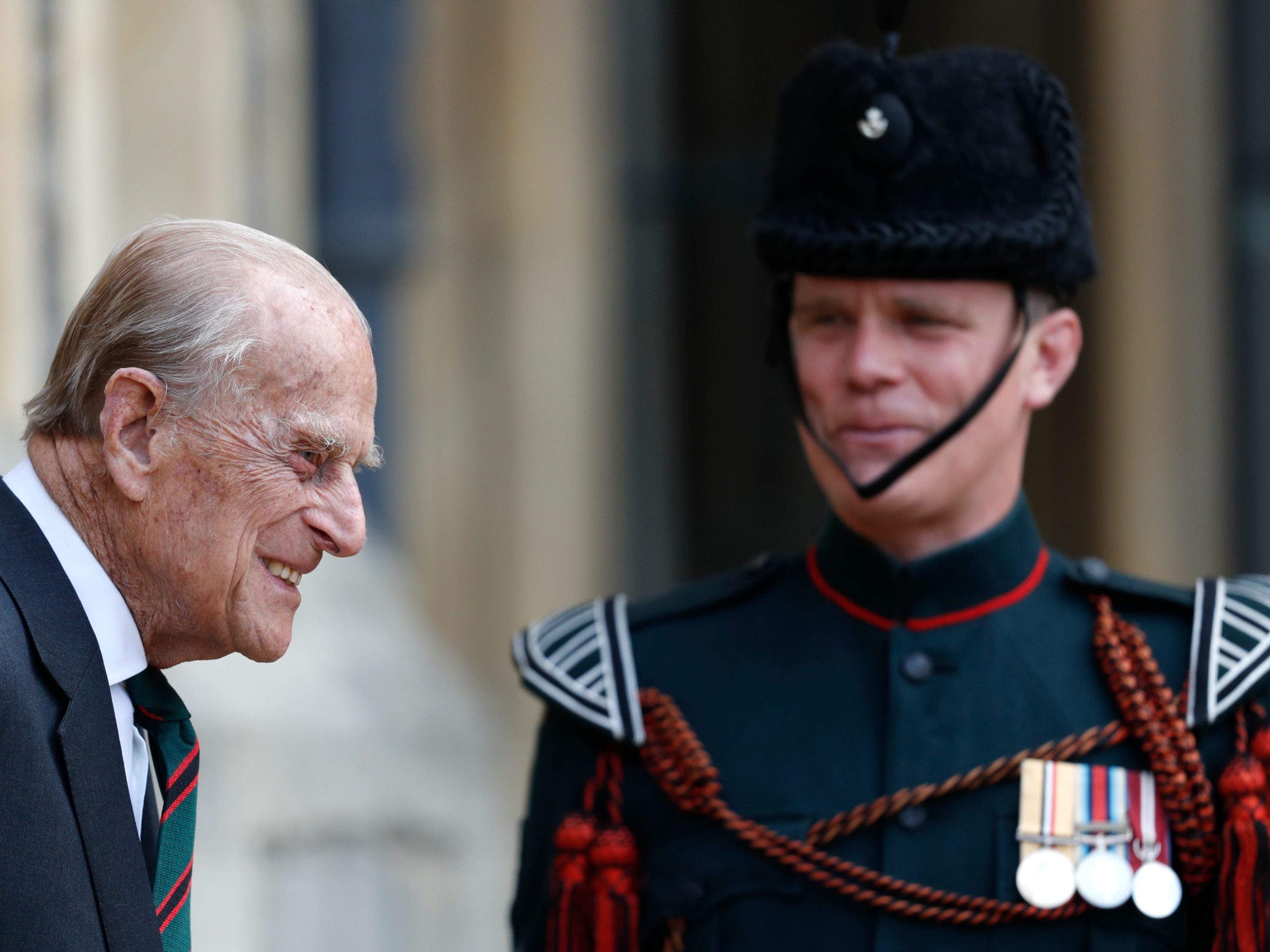
He was well aware of his public perception, yet he had the ability to charm and could be relied on to break the ice with his sense of humour and quick repartee.
He had the no-fuss, no-nonsense manner so often associated with his daughter, the Princess Royal.
Philip received little public adulation for his tireless charity work and support for the monarchy in difficult times.
He and the Queen witnessed the failure of three of their four children’s marriages and the fallout that followed, particularly the scandal surrounding Camilla Parker Bowles, who eventually married into “The Firm”.
The Royal Family also faced criticism for their response to the death of Diana, Princess of Wales.
The Duke was depicted as a tough but caring father, amid speculation that his relationship with son Prince Charles was not always the easiest.
By any standard, he was a remarkable character and had all the qualities which, even without his royal status, would have led him to the top.
Early Life: Corfu to Britain
Born at the family home, Mon Repos on the Greek island of Corfu on June 10, 1921, he arrived in Britain when he was just a year old.
Although he was a prince of Greece, he had no Greek blood. His complex background was in fact Danish, German, Russian and British.
He was the youngest child and only son of Prince Andrew of Greece, an officer in the Greek army, and Princess Alice of Battenberg.
His father was born a prince of Denmark and was descended from kings of Greece, Denmark and Prussia, as well as emperors of Russia.
His maternal grandmother, Princess Victoria of Hesse, was a granddaughter of Queen Victoria, making him Elizabeth II’s third cousin.
Philip and the Queen were both great-great grandchildren of Queen Victoria.
The Duke’s mother was the sister of Louis Mountbatten, later Earl Mountbatten of Burma.
The family was forced to flee Corfu in December 1922 after Philip’s father, a lieutenant-general in the Greek army, was arrested and charged with treason in the aftermath of the heavy defeat of the Greeks by the Turks.
King George V sent HMS Calypso and a British secret agent to negotiate his release, collect him and his wife, their four daughters and baby Philip and take them into exile.
They finally arrived in Paris, dependent on relatives for financial help.
The Duke’s childhood from then on was unsettled and somewhat bleak. He was without a permanent home.
His parents’ relationship broke down and his father was based in Monte Carlo, where he ran up gambling debts. He died there in 1944.
His religious mother, Princess Alice, who was deaf, formed an order of nuns, but began to suffer from depression and was treated in a psychiatric hospital. She died at Buckingham Palace in 1969.
Education: Dr Kurt Hahn, Gordonstoun and joining the Navy
In 1933, Philip moved to Salem School in Baden, Germany – all four of his sisters married German princes.
The educational institution was set up by Dr Kurt Hahn, a German Jew, who was arrested for resisting Nazi ideas, but was freed thanks to British intervention and fled to the UK.
Philip was also back within the year and was enrolled at Gordonstoun, the new boys’ school near Elgin in Moray, started by Dr Hahn, who had a profound influence on the prince.
The prince thrived at Gordonstoun and it was there he learned to “mess about in boats”, laying the foundations of a future naval career.
His Uncle Dickie, Lord Mountbatten, one of Britain’s greatest seamen, took a keen interest in the prince’s progress.
After leaving school Philip joined the Royal Navy. During the Second World War, he served on several ships and saw active service against German, Italian and Japanese forces.
In March 1941, he was a searchlight control officer on the battleship HMS Valiant and was mentioned in dispatches for his part in the Battle of Matapan against the Italian fleet.
When he moved up through the ranks to become first lieutenant on the destroyer HMS Wallace, at the age of 21, he was the youngest officer in the service to have an executive job in a ship of her size.
The Princess: Reconnecting with his future wife and the death of a King
Home leaves brought invitations from King George VI to stay at Windsor Castle. It was in this romantic setting that the dashing naval officer resumed his friendship with the young Princess Elizabeth.
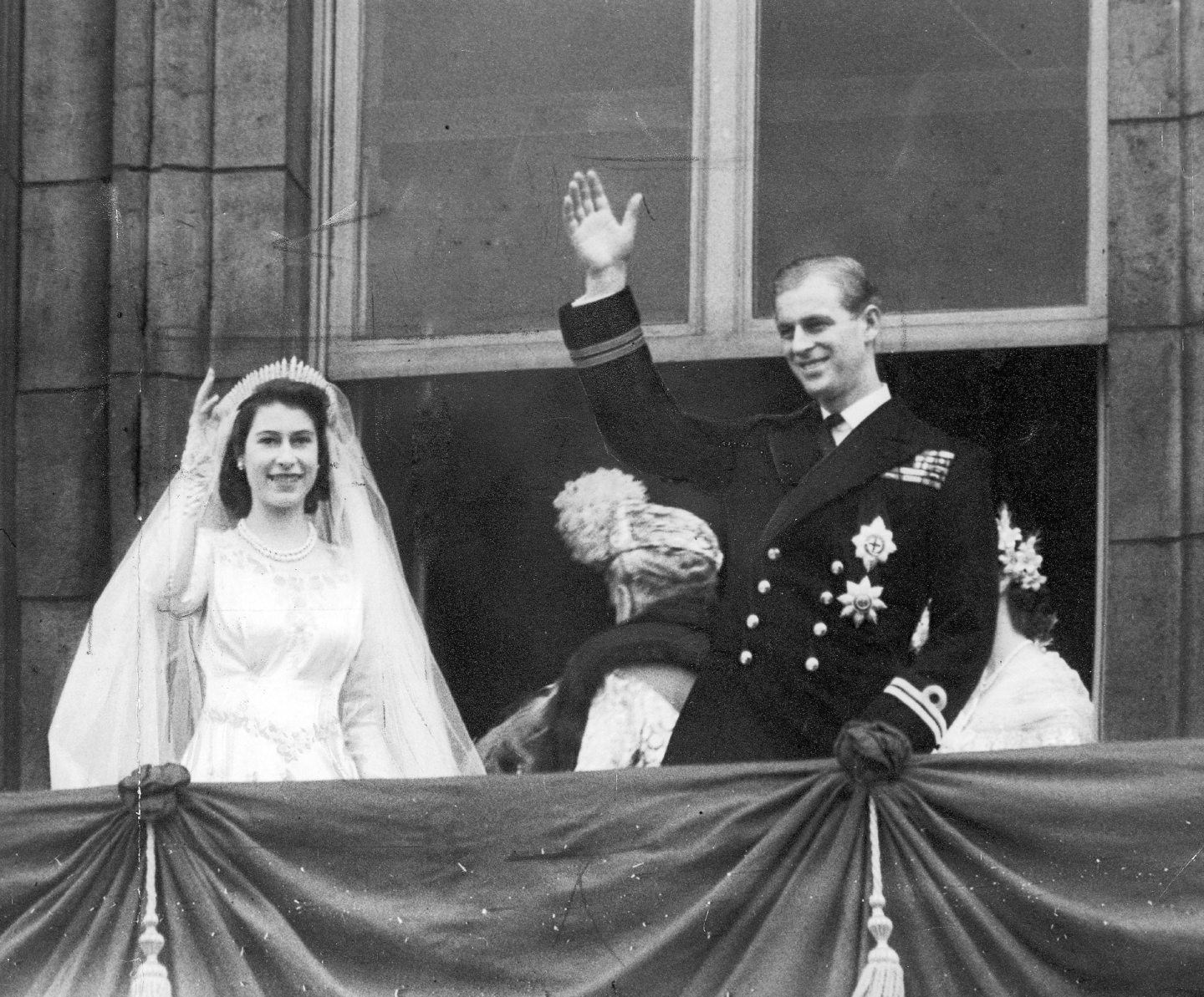
They had been present together on various occasions, including the wedding in 1934 of Philip’s cousin Princess Marina, later Duchess of Kent, to Princess Elizabeth’s uncle, Prince George, Duke of Kent, and at the Coronation of George VI in 1937.
But it was at Dartmouth, when King George VI and Queen Elizabeth visited the naval college with their two daughters, that Philip, then 18, and the 13-year-old Elizabeth had their first publicised meeting in July 1939.
From that time they maintained a regular correspondence and met on several occasions.
Philip was invited to spend Christmas 1943 with the Royal Family at Windsor and by the end of the war newspapers were speculating about their relationship.
There was, however, some disapproval and suspicion of a foreign prince in the post-war years.
Old-school courtiers were concerned that he was not a traditional English gentleman, despite the fact he had fought for Britain in the Navy.
But Philip and Elizabeth were already in love. It has been suggested that they became unofficially engaged in the summer of 1946 while they were staying at Balmoral on Royal Deeside, but the official announcement was delayed until after Princess Elizabeth reached the age of 21.
Philip applied for British nationality and in February 1947 became a naturalised British subject, renouncing his Greek royal title.
He adopted a new surname, but decided against Schleswig-Holstein-Sonderburg-Glucksburg – the family name of the Danish royal house from which his father was descended.
Instead he settled on Mountbatten, an anglicised version of Battenberg, his mother’s family name.
The style of His Royal Highness was authorised shortly before his marriage on November 20, 1947 at Westminster Abbey and he was made Duke of Edinburgh.
The wedding, attended by an array of foreign monarchs, captured the public imagination in the austere post-war days of November 1947.
After honeymooning at Broadlands in Hampshire, home of Lord Mountbatten, and at Birkhall on the Balmoral estate, Princess Elizabeth and the Duke of Edinburgh stayed at Buckingham Palace until renovation of their new home, nearby Clarence House, was completed in 1949.
Philip’s devotion to his wife was clear.
His first private secretary Michael Parker, a friend from the Navy, revealed: “He told me the first day he offered me my job that his job, first, second and last was never to let her down.”
Their first child, Charles, was born at Buckingham Palace in November 1948. Anne was born at Clarence House in August 1950. Ten years later, Andrew was born at Buckingham Palace in February 1960, as was Edward in March 1964.
Philip resumed his naval career, and was eventually promoted to Admiral of the Fleet in January 1953.
Because of increasing anxiety about the King’s health, the Duke was expected to take a share of royal engagements.
On February 6, 1952, Elizabeth and Philip were on a tour of Kenya when a message was given to Philip that the King was dead.
He broke the news to the new Queen while they were alone. Hours later, they were on their way back home.
At the Coronation in Westminster Abbey in June 1953, the Duke duly knelt to pay homage to the Queen before kissing her left cheek. He swore to be her “liege man of life and limb”.
He had no constitutional role other than as a Privy Counsellor. He saw no state papers and, although he was a member of the House of Lords, he never spoke in the chamber. On the death of the King, Philip’s naval career came to an end and his life changed irrevocably.
He was left disappointed when the Queen declared on her accession that the Royal Family’s surname would be Windsor and not Mountbatten, prompting him to make the well-reported remark: “I’m just a bloody amoeba.”
Royal Life: His family and his hobbies
After the Coronation, Philip was required to play a major role both nationally and internationally.
He accompanied the Queen on Commonwealth tours and state visits overseas, as well as on public engagements in all parts of the UK, and undertook many royal engagements on his own, at home and abroad.
Over the years he was involved with hundreds of organisations and was often a hands-on president. From the outset he took a keen interest in young people through such organisations as the National Playing Fields Association and the Outward Bound Trust.
In this regard, however, he was best known for the Duke of Edinburgh’s Award, which he launched in 1956, inspired by his time at Gordonstoun.
He was the first president of the World Wildlife Fund-UK from 1961-82, and in 1981 became the fund’s international president.
He was also patron of the Industrial Society and president of the British Association for the Advancement of Science.
And he focused on housing matters and served as president of the National Federation of Housing Associations from 1975-80.
The Duke was an accomplished sportsman. He played polo regularly until 1971 and then took up four-in-hand carriage driving, representing Britain at several European and world championships. He also loved to shoot game.
He was president of the Federation Equestre Internationale, the Central Council of Physical Recreation, the British Amateur Athletics Board, the Commonwealth Games Federation, and of the MCC twice, in 1949 and 1975.
He gained his RAF wings in 1953, helicopter wings in 1956 and private pilot’s licence in 1959.
His love of the sea never waned, and he competed regularly at Cowes Regatta. He was Admiral of the Royal Yacht Squadron, patron of a number of clubs and president of the Royal Yachting Association.
He was given the task by his wife of reorganising her Balmoral and Sandringham estates, which he did with ruthless efficiency.
He set about modernising Buckingham Palace after being told to keep out of the Queen’s official duties when she acceded to the throne.
“I tried to find useful things to do,” he said about starting a footman training programme at the palace.
He was also fundamental in the upkeep of Windsor Castle, from designing gardens to introducing deer.
His love for the sea never waned, and he competed regularly at Cowes Regatta.”
Much was written about Philip’s relationships with his former daughters-in-law, Diana, Princess of Wales, and Sarah Ferguson.
It was the Duke who wrote to Charles telling him to make up his mind when the prince, amid a great deal of public interest, was dragging his heels on whether to ask Lady Diana Spencer to marry him.
When the marriage was falling apart, the Duke wrote to the princess several times.
It was claimed that he had called her a “trollop” in correspondence, but Buckingham Palace took the rare step of dismissing the allegations as false.
It was revealed that the letters were signed: “With love from Pa.”
When Diana died in a car crash in 1997, Philip joined Charles, William, Harry and the princess’s brother, Earl Spencer, in the solemn procession behind her funeral cortege.
There were said to have been tensions with the Duke of York’s former wife, Sarah Ferguson, whose behaviour Philip described once as “a bit odd”.
The Duke had a loyal staff, despite his legendary displays of temper. Many stayed with him for years, showing great devotion and describing him as the least boring man they had met.
A long career: Representing the Queen at home and abroad
The Duke globetrotted and fulfilled many engagements well into his 80s.
A busy and demanding schedule did take its toll sometimes. While accompanying the Queen on a state visit to South Korea in April 1999, he fell asleep at a banquet.
In 2007, the year he turned 86, he undertook more than 350 engagements with the Queen and on his own at home and abroad.
During his later years Philip’s energy appeared undimmed, although his brusqueness was said to have mellowed with age.
He was fit and active and continued to take part in fast-paced, dangerous carriage driving events, competing at international level until the age of 85.
When he turned 80 in 2001, he was applauded for his devoted service to the nation and the Commonwealth.
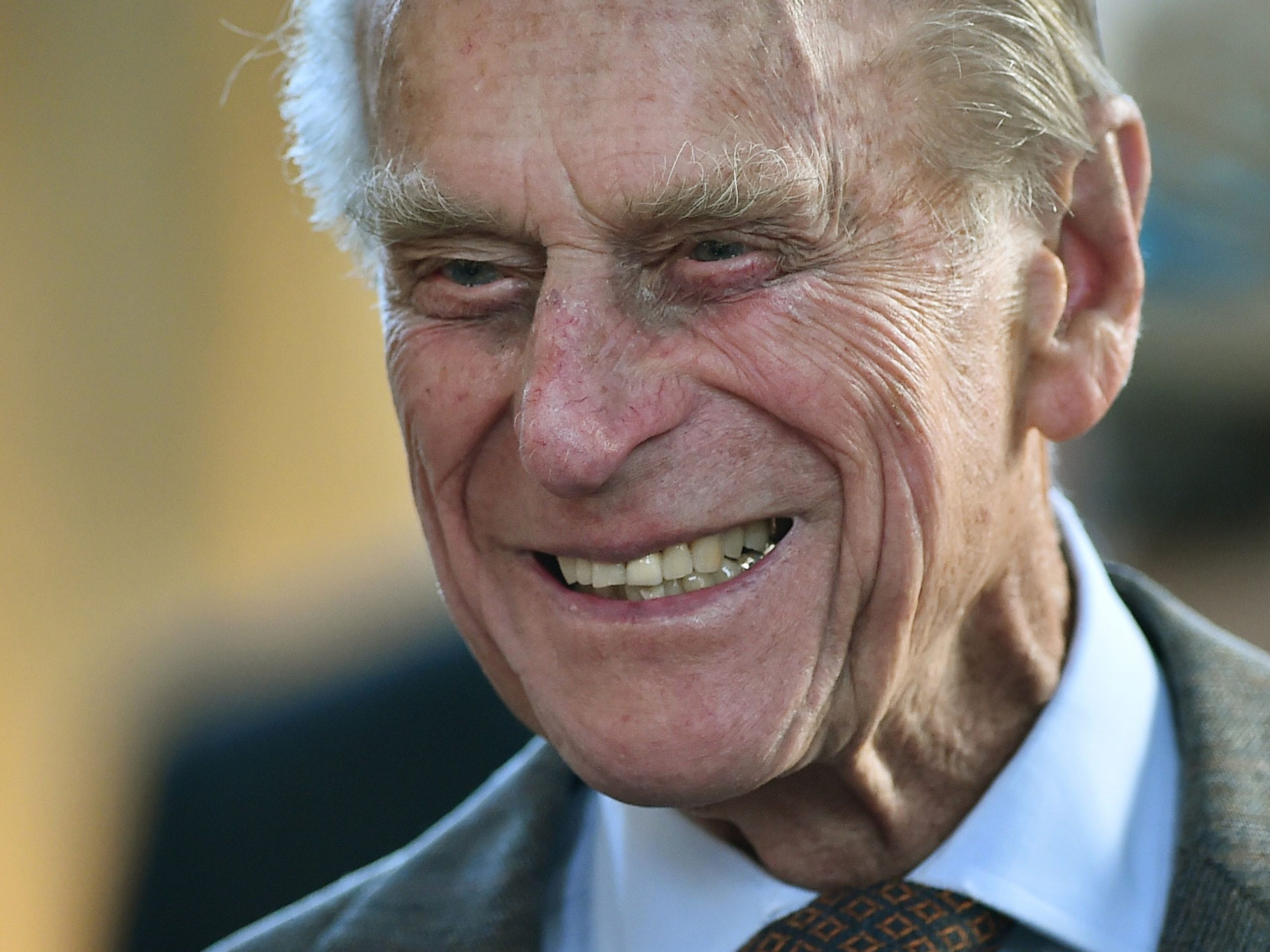
He reflected at the time: “I imagine there are a few fortunate souls who have managed to get through life without any anxieties, but my experience is that life has its ups and downs.”
When he turned 90 in June 2011 he insisted on no fuss, but the monarch bestowed on him a new title – Lord High Admiral, titular head of the Royal Navy.
A serious health scare came as the Royal Family were gathering ready to celebrate Christmas in 2011 when the Duke was taken to hospital by helicopter after suffering chest pains and received treatment for a blocked artery.
In June 2012, the Duke was forced to miss the majority of the Queen’s diamond jubilee celebrations when he fell ill with a bladder infection.
His absence on such a momentous occasion seemed keenly felt by the Queen as she continued with the official commemorations without him.
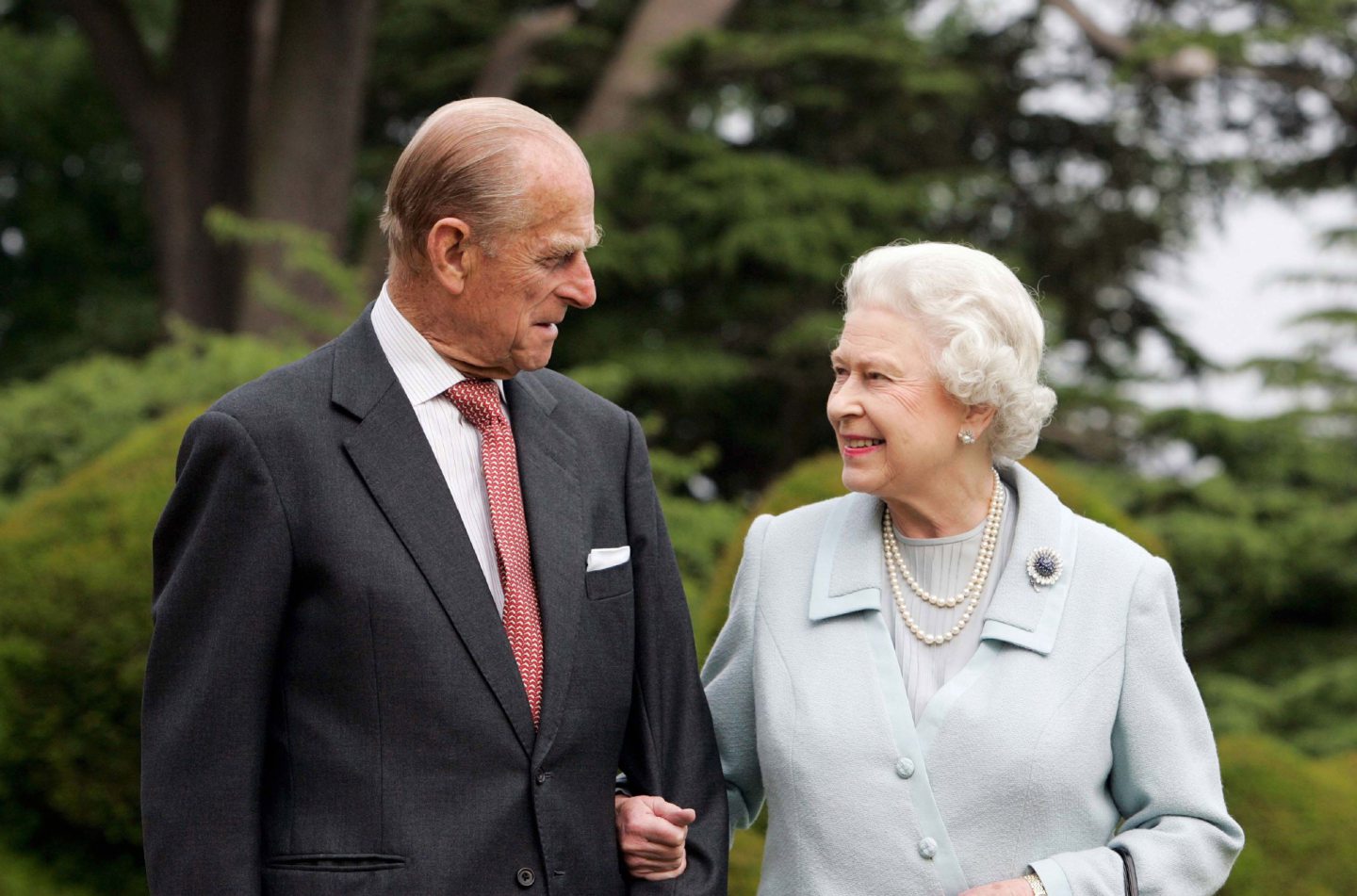
Married to the monarch for more than 65 years, he was at the Queen’s side when her father died and helped her through the deaths of both her mother and sister in the Golden Jubilee year of 2002.
The Queen, in a speech to celebrate their golden wedding anniversary in 1997, paid tribute.
“He is someone who doesn’t take easily to compliments,” she said.
“But he has, quite simply, been my strength and stay all these years, and I, and his whole family, and this and many other countries, owe him a debt greater than he would ever claim, or we shall ever know.”
